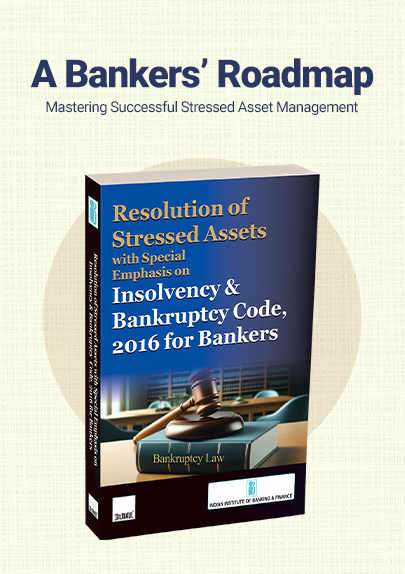HC Admits Bail Plea as Petitioner Facing Charges for Money Laundering was Cooperative Throughout the Proceedings
- Blog|News|FEMA & Banking|
- 2 Min Read
- By Taxmann
- |
- Last Updated on 2 September, 2023
Case Details: Sandeep Nair v. Union of India - [2023] 153 taxmann.com 156 (HC-Kerala)
Judiciary and Counsel Details
-
- Ziyad Rahman A.A., J.
- C.J. Varghese Vinu & P.V. Vijayam, Advs. for the Petitioner.
- Jaishankar V. Nair, SC-ED for the Respondent.
Facts of the Case
In the instant case, a case was registered against the petitioner under sections 3, 4 and 70 of the Prevention of Money Laundering Act, 2002. The said case was investigated by respondent No. 2′ (i.e. Assistant ED). Pursuant to the said proceedings, summons were issued by the Session Court to appear before the Court.
However, the petitioner did not appear that day and, consequently non-bailable warrant was issued against him. Thereafter, the petitioner filed a criminal miscellaneous application for bail before the High Court and the petitioner was directed to surrender before the Special Judge within a period of two weeks.
Consequently, the petitioner surrendered before the Special Judge and submitted an application for bail and to recall warrant however, the bail application was rejected and the petitioner was remanded to judicial custody by the Special Judge on the basis of twin conditions contemplated under section 45 of the Prevention of Money Laundering Act, 2002.
Thereafter, the petitioner filed an instant bail application for regular bail before the High Court under section 439 of the Code of Criminal Procedure, 1973 on the ground that the petitioner was ready and willing to cooperate with the Trial.
High Court Held
The High Court observed that since the arrest of the petitioner was not made at any time, there was no necessity to apply twin conditions under section 45 of the Prevention of Money Laundering Act, 2002.
The High Court held that a non-bailable warrant was issued due to the non-appearance of the petitioner despite receiving the summons on a date fixed for appearance and it had nothing to do with the severity of the offences and the nature of the allegation and, therefore, the petitioner was directed to be released on bail.
Disclaimer: The content/information published on the website is only for general information of the user and shall not be construed as legal advice. While the Taxmann has exercised reasonable efforts to ensure the veracity of information/content published, Taxmann shall be under no liability in any manner whatsoever for incorrect information, if any.

Taxmann Publications has a dedicated in-house Research & Editorial Team. This team consists of a team of Chartered Accountants, Company Secretaries, and Lawyers. This team works under the guidance and supervision of editor-in-chief Mr Rakesh Bhargava.
The Research and Editorial Team is responsible for developing reliable and accurate content for the readers. The team follows the six-sigma approach to achieve the benchmark of zero error in its publications and research platforms. The team ensures that the following publication guidelines are thoroughly followed while developing the content:
- The statutory material is obtained only from the authorized and reliable sources
- All the latest developments in the judicial and legislative fields are covered
- Prepare the analytical write-ups on current, controversial, and important issues to help the readers to understand the concept and its implications
- Every content published by Taxmann is complete, accurate and lucid
- All evidence-based statements are supported with proper reference to Section, Circular No., Notification No. or citations
- The golden rules of grammar, style and consistency are thoroughly followed
- Font and size that’s easy to read and remain consistent across all imprint and digital publications are applied






 CA | CS | CMA
CA | CS | CMA


